Here are my slides for the TED Talk:
Slide 1:
Slide 2:
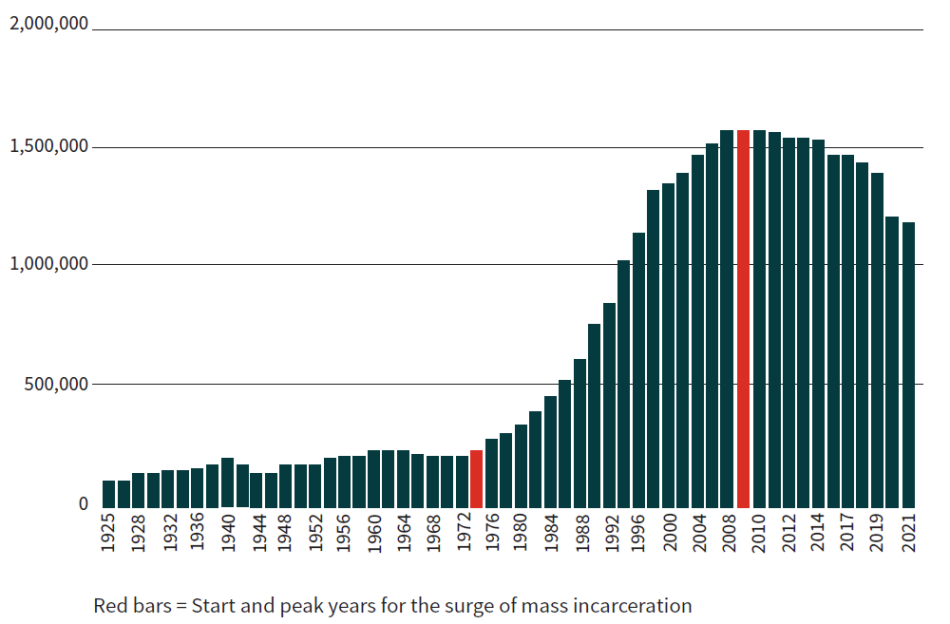
Slide 3:
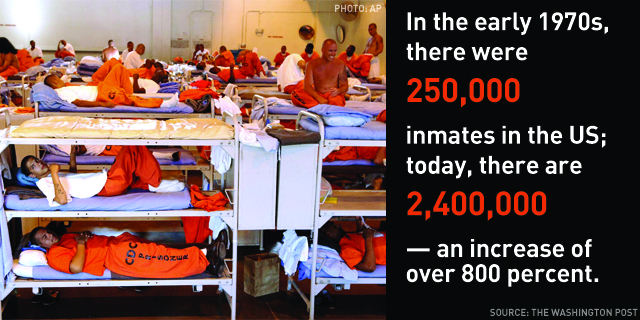
Slide 4:
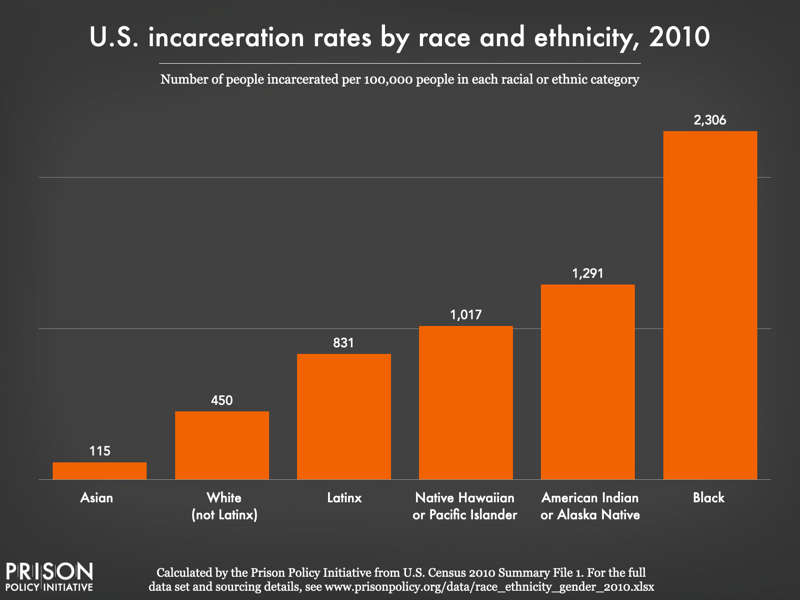
Slide 5:

Slide 6:
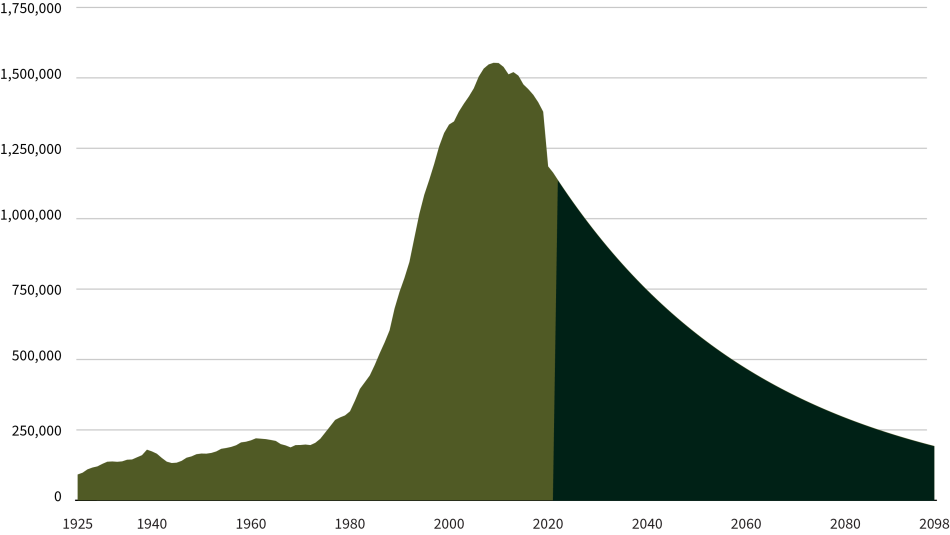
Thanks for viewing!
~Asim~
Here are my slides for the TED Talk:
Slide 1:
Slide 2:

Slide 3:

Slide 4:

Slide 5:

Slide 6:

Thanks for viewing!
~Asim~
Hey y’all,
I haven’t been to any new restaurants recently, so instead I’m going to talk about by favorite things to eat at Thanksgiving dinner (’tis the season). I’m gonna try to describe my family’s staple foods as specifically and deliciously as possible!
Turkey
First up is the most essential item, the Turkey. Is there a food that’s more iconic for thanksgiving than Turkey? In my family, The turkey is oven baked and sliced by my grandfather. People always complain about dry turkey, but I’ve rarely had that issue, especially when I put some gravy on it. The turkey definitely isn’t my favorite part of the meal, but it is absolutely necessary to get me in the mood.
Mac N Cheese
My all-time favorite is the Macaroni and Cheese, which my aunt used to make when I was little, but my brother recently took up the mantle and makes some of the creamiest, cheesiest, most flavorful, and — well — best Mac n Cheese that I’ve ever had. The Mac always takes up the largest portion of my plate.
Lamb
I didn’t know until recently that most families don’t eat lamb for thanksgiving dinner, but it’s a classic in my family and probably my second favorite part of the feast. My grandpa cooks this one too, but I plan to learn this year so that I can be the lamb guy from now on. When I tell you that thanksgiving lamb is some of the juiciest, tenderest, and most delicious meat that you can have, you had better believe me.
Mashed Potatoes
Up next is the Mashed Potatoes! These are also a classic and they’re simple and easy to make, but still have so much to add to the meal. My aunt makes these and boy am I glad she does, because she works some magic on those potatoes. I don’t know how she just infuses them with flavor in the way that she does, but whatever it is, it’s a gift.
Collard Greens
What would a balanced meal be if there were no greens? Collard greens to be specific! My granny knows how to make some bomb greens, but I’ve actually learned the recipe and made them myself before. It’s fun, because you have to keep adding new leaves when they shrink down in the pot. I like to see how many I can fit into the pot, but it never fills up! You can also throw a turkey leg in there to add flavor and whatever meat falls off the bone just becomes a part of the dish.
Cranberry sauce + rolls
My number 3 spot definitely goes to the Farmhouse rolls and Cranberry Sauce that my mom and sister make. Alone they’re both great, but together this dynamic duo is undefeated! Imagine a roll as light and fluffy as cotton candy, sweet as honey, and as big as both of your fists put together. Now imagine that, but glazed in a sweet-slightly-sour purple jam made from ripe cranberries. I bet your mouth is watering just thinking about it!
Thanks for reading my long-winded reflection on how much I effing love thanksgiving dinner. I can’t wait to go home in 2 weeks and get induced into this long-awaited food coma!
~Asim~
Hey y’all,
Here’s the link to my elevator pitch: https://psu.voicethread.com/share/25180443/
See you next week!
~Asim~
There’s this really cool trifecta of businesses downtown on College Ave called Mr. Wish, Hibachi Express, and Aone Market.
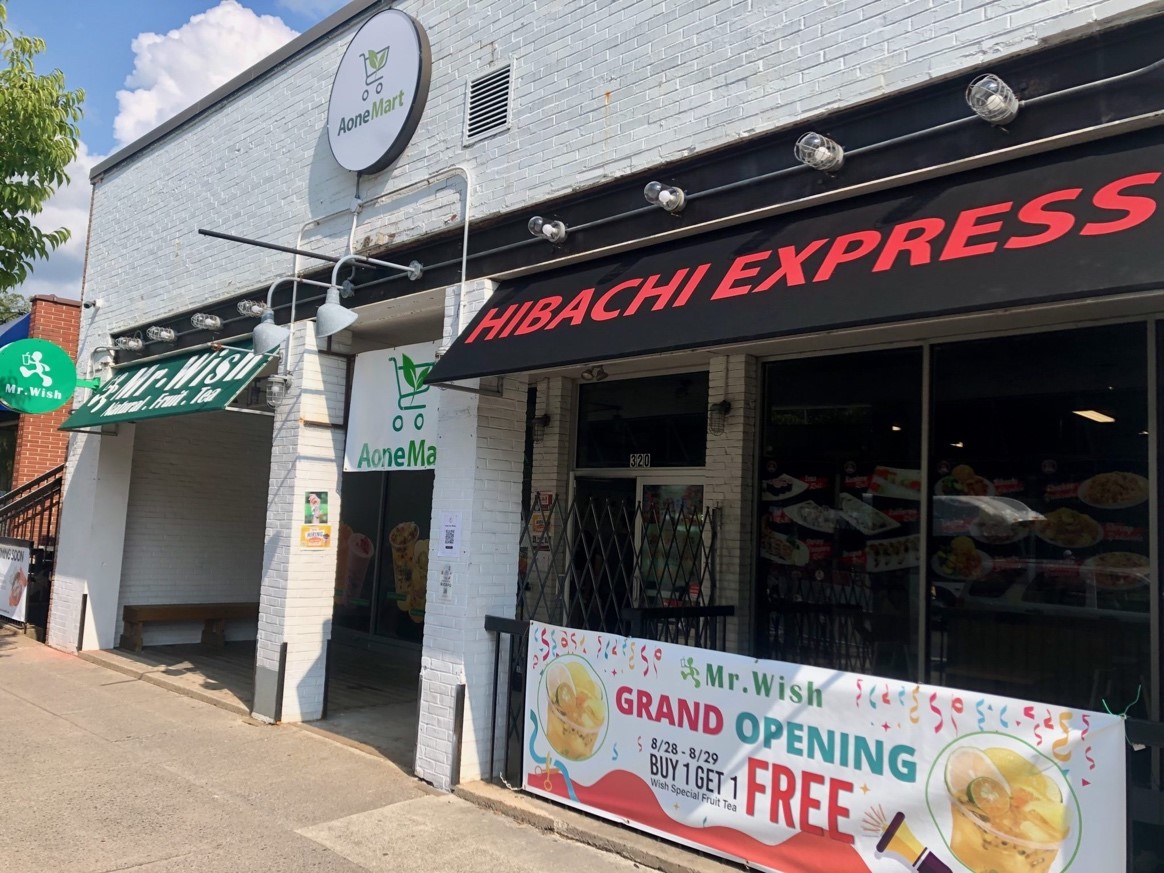
I was with a friend downtown last week on the hunt for bubble tea (boba), and google led us to this special place called Mr. Wish. My mom and sister actually went there a few week ago when they visited for parent’s weekend, and they told me I needed to check it out. When I finally went inside and saw three different businesses all in the same large room, I was intrigued about this culinary Frankenstein. To the left was Mr. Wish Natural Fruit Tea, to the right was Hibachi Express, and down the center was an opening into the Aone Market. When I saw separate registers for each in the front, I deduced that there were in fact three different institutions in one building. I ordered a brown sugar boba milk tea from Mr. Wish and my friend and I split an order of custard waffles. While we waited on our drinks and food, we walked down into the market. This was the real jackpot.
The second I walked into the large market, I saw way more Asian snacks, treats, and cookable products than I’ve seen in a long time. The first area I went to was the frozen treats section, where I saw mochi, ice cream treats, cake slices, and many other goodies that I’ve never seen before. Since I just ordered boba, I didn’t snatch any of the sweet treats, but I plan to go back and stock up at some point. Next, I went to the dry snacks section where they had a lot of unique and unfamiliar potato chip flavors, and we tried the “Roasted Cumin Lamb” flavor. They were kinda weird at first, but once I adapted to the new flavor palate I really enjoyed them, and thinking about them now makes my mouth water.
When we picked up our Boba from Mr. Wish, I took a sip and my eyes widened as it was the best milk tea I’ve had while being here. I do declare that the drink was delectably delicious! Even better were the little paw-shaped custard-filled waffles. The breading was so light, fluffy, and flavorful that I almost drifted into a peaceful sleep while biting into it.
I went back this week and got another flavor of boba as well as some chicken fried rice from Hibachi Express. I didn’t like the 3Q boba flavor as much as the brown sugar, but it was still good. The fried rice was also good, but to be honest Kondu’s chicken teppanyaki was better and came with way more food for the same price.
Overall, I rate Mr. Wish a 9.5/10, Aone Market 10/10, and Hibachi Express 7/10. You all should definitely check it out if you haven’t already!
~Asim~
In reviewing my speech and comparing it to some others that I saw, it’s clear there are certain things I did really well as well as a lot of things I can still work on.
Strengths:
Weaknesses:
Overall, I’m happy that I got the speech recorded and submitted, but I will remember for the future that it takes more time commitment to do the best work I can.
~Asim
During parent’s weekend, My mom and sister came up from Chicago to visit, and it was so nice to see them for the first time in almost 2 months. On Saturday we saw a show, went to the local farmer’s market, did a Walmart trip in preparation of the long fall and early winter, and ate dinner at Pho 11 on North Atherton. We’re huge fans of Vietnamese cuisine, so since Pho 11 is the only Vietnamese restaurant in town, we had to check it out. Similarly to Kondu, I could tell the food was going to be good because of how homely the location was. There were magical teal concrete and ceramic steps that lead up to the front door, and the iconic doorbell that rang when we walked in. I was expecting them to be busy because it was parent’s weekend, but to my surprise it was completely empty inside (I guess all the other families were busy waiting in line at Raising Cane’s).
There were electronic kiosks that we used to order, and they pretty much just had typical Vietnamese appetizers, bubble tea, and a whole lot of Pho options. One thing that I had never seen before though, was this beef stew noodle soup that looked greatly promising. My sister ended up getting that, my mom got duck noodle soup, and I got my usual go-to, beef brisket noodle soup. Since we were the only guests, it wasn’t long after we sat down before they brought out our food. My sister and I both got Thai iced teas with boba and popped into them immediately. It’s one of my favorite drinks, and I got my taste for it from her, so it was really nice drinking boba with her again.
when took my first taste of the noodles and brisket, I was very pleased. It instantly reminded me of this place called The Phodega back home, a Vietnamese restaurant with a convenience-store style market that has a lot of great snacks and treats. The Phodega also has a brisket noodle soup that makes your taste buds want to explode. We were kind of in a hurry, so I ate up that Pho at rapid speed. It was a big bowl, so by the time I was two thirds of the way through eating the noodles, the noodles started eating me. It was hard to finish, especially since the three of us did a brief taste rotation and I ate a lot of my sister’s beef stew. Hers was definitely the best of the three, and I’m excited to eventually go back and get the stew for myself.
Overall, I’d rate Pho 11 an 8/10, because the food was delicious and the family that own it are really nice. It’s still not the Phodega, though. If you’re ever in Chicago and want some noodle soup, check it out and you’ll know what I mean. Regardless, Pho 11 is a really nice spot, especially for being the only Vietnamese place here.
~Asim
Hey y’all!
Today I’ll be reviewing El Jefe’s Taqueria in downtown State College.

Last Friday, my friends and I were instructed to meet up at El Jefe’s before a party. Knowing we’d be hungry, we decided to go an hour early and see what this highly recommended place was all about. I had high expectations to see if it would meet the standard, and might I say, this place is quite literally a bombshell! The second I walked in, I new that I had found paradise. I looked all around the room and saw the most delicious-looking bowls, burritos, quesadillas, and nachos that I’ve seen in months at this point. Not only were my eyes stimulated, but that savory aroma of the meat cooking in the back was like sensory heaven. There’s nothing I love more than sensory heaven. As I walked up to look at the menu, I saw something else I love: simplicity. Basically, you could get tacos, burritos, bowls, fajita bowls, or quesadillas. There were a lot of choices of components and add-ons, but the basic selection was simple and easy. I knew from my analytical observations of the room that I absolutely had to try one of the bowls. They not only looked filling, but I knew I could have my choice of the exact flavor palate I wanted. In other words, I could get a little bit of everything. I got a fajita bowl because it gives you extra meat and it comes with flour tortillas. When I tell you I had enough food to make three tacos with my tortillas and still had a dinner’s worth left in the bowl, I hope you can imagine my satisfaction.
My friend got the same thing I did and had leftovers for the next day. My other friend got a chicken quesadilla and the one bite I had made the dining hall’s quesadillas look like dog food (and I liked those). I enjoyed the ambiance in the place as well. The metal stools and wood tables gave a comfortable casual-yet-chic aesthetic. Mind you, we were dressed like we were about to go to Beyonce’s Renaissance tour, so our vibe didn’t necessarily match the energy of the room. However, the guy at the register said he liked my cowboy hat, so maybe they should think about adding a dress code to the place. All in all, the portion sizes were excellent for the price. I think the bowl I got was $13, which, compared to the meal from Kondu for a bit more, I definitely got more food at El Jefe’s. This is currently my fav spot on campus, so I definitely recommend trying it if you haven’t already. They’re open really late, but be careful about going after midnight because they’re one of the only places open and the line is a million miles long.
Best of luck and farewell!
~Asim
Essay Draft:
Johnny and Lisa were friends and liked to share their toys with each other, but one day Johnny got selfish and decided to take all of Lisa’s toys as his own. Some time passed, and Johnny decided to give Lisa her toys back, but he still got to use them whenever he wanted whether she liked it or not. Even more time has passed now, and Johnny claims to have given them back, but Lisa is still wondering whether her toys will ever truly be her own. This situation presents the same moral issues as the relationship between Europe and Africa. From the trans-Atlantic Slave Trade that continued through colonization in the 19th and 20th centuries, to the well-hidden ploy of Neo-Colonialism that exists today, African resources have been exploited by Western nations throughout history.
There are two civic artifacts that do a great job of addressing this issue. One, titled “Gold diggers” depicts how the material resources from Africa (gold, oil, cacao, fish, rare minerals, etc.) end up piled on the continents of North America and Europe. The other, which I’ll refer to as “The Resource Curse” illustrates the relationship between Western corporations and African people, where the Westerners “rejoice” over finding oil in Turkana, Kenya, but the citizens of the Turkana tribe are more concerned simply with finding clean water. I will use strategies of Ideological criticism, unpacking the commonplaces apparent in the artifacts, and the misrepresentation of progress in global media to examine this issue. Ultimately, both artifacts use visual rhetoric to communicate our civic duty to learn about neo-colonialism and attack the ongoing exploitation of Africa. If we address African exploitation carefully and collaboratively, we can work as a global community to repatriate the wealth of Africa, finally giving Lisa her toys back.
The rhetorical situation behind “Gold Diggers” is that most of Africa’s resources, worth trillions of dollars, still end up being exported to wealthy nations all over Europe, Asia, and North America, while many African people experience extreme poverty, hunger, limited access to clean water, and governmental corruption. This exploitation of African resources goes back to the 15th century, when the Portuguese began trading with West African merchants for gold and other commodities, including human captives. The ideological criticism in “Gold Diggers” here is the impact of this exploitation. As shown in the image, the gold from Africa physically ended up on the continents of Europe and, subsequently, America as well. Due to this, Africa is left barren, with only a little gold left. Though this civic artifact doesn’t depict any human individuals, you can see from looking at it the inequalities that have been created between the continents.
“The Resource Curse” also employs heavy ideological criticism in its visual rhetoric. In the image, the Europeans are all making expressions of joy and excitement, with heightened poses and wide cartoony smiles, while the Africans stand straight-faced and unenthused. This presents the ideology that the Westerners are more concerned with the monetary implication of new resources than the Africans’ plight. The physical difference between the thick and full-bodied Westerners and the thin, exasperated-looking Africans also suggests a gap in access to nutrition, another ideological criticism to the rhetorical situation. More visual commentary is found in the depiction of a few westerners who aren’t humanoid, like the pig-person and other people with animal heads to the left. This represents the animalistic greed of those who try to exploit others’ resources. The text, reading “Rejoice, we have discovered oil”, in which an African woman responds, “And when will you discover water…?” shows the misalignment between the two peoples’ values, which, similarly to “Gold Diggers”, emphasizes the inequality that lies between the two groups of people.
“Gold Diggers” also plays on a few commonplaces that we in the western world take for granted. One such commonplace is the association of Africa as a country and not as a continent full of nations. I vividly recall a moment in my childhood where our social studies teacher had to inform us that Africa was in fact a continent, just like Europe, Asia, or North America. Since the artifact has the entire continent voided out, it plays on our comfortability with grouping it all together, even though gold only comes from select places. It also uses the western commonplace that money=power. If the coins in the artifact represent gold, or currency, then the entirety of African resources adopt Western monetary value. It’s not just gold that gets exported from Africa, but also other rare minerals, oil, gas, cacao, coffee, raw food products, and much else. All these things were given monetary value by the Western world to trade them. Since it all ends up in the west, they have the monetary power in this situation.
The commonplace found in “The Resource Curse” is a very common and damaging one. It’s very likely that everyone who grew up in America has heard the phrase “There are starving children in Africa” before. This commonplace is especially harmful, not only because it’s not entirely true, but also because it teaches us to be comfortable with this fact rather than trying to do something about it. If we just take “there are starving children in Africa” as an unconditional truth, we will never stop and think about why this may be. The truth would connect back to the rhetorical situation of “Gold Diggers” and the exploitation of African resources, but since the Western world doesn’t benefit from a common knowledge of that inequity, it’s never a part of our education to learn about it. If the narrative was changed from “starving children” to “African people don’t have control over their own resources”, then maybe there would be more global effort for change.
A final lens that can be used to analyze both artifacts is the misrepresentation of progress in global media. Investigative journalist Tom Burgis claims in his book The Looting Machine that Africa is: “the continent that is at once the world’s poorest and, arguably, its richest” (CNN). In terms of monetary value of resources, no continent has Africa beat, and yet many countries in Africa have some of the highest poverty rates in the world. One aspect of the rhetorical situation that neither artifact touches on is the corruption present in certain governments of Africa. According to a survey by Transparency International, people in countries like South Africa, Ghana, and Nigeria reported increased corruption in 2015 (Transparency.org). This is important in analysis of the two civic artifacts, as the governmental corruption is directly tied to the exploitation of political power and resources that the Europeans left behind in Africa, as depicted in the artifacts. “Gold Diggers” depicts the economic results of colonial exploitation, and “The Resource Curse” shows the ways in which neo-colonialism still plagues the African people. All of this is misrepresented in the media because the Western world is taught that colonialism is long dead and gone.
The exploitation of African resources addresses the SDGs of reduced inequalities, no poverty, zero hunger, good health and well-being, decent work/economic growth, and peace, justice, and strong institutions. The civic artifacts “Gold Diggers” and “The Resource Curse” use many different rhetorical methods of communicating the issue at hand, but there is still much of the rhetorical situation that they are unable to cover. As civic artifacts, they are educating us so that we may gain a better understanding of the issue and possibly make more efforts to address it. The less we think about it as an African problem and rather as a global problem, we can work towards restoring wealth and resources to the people of Africa.
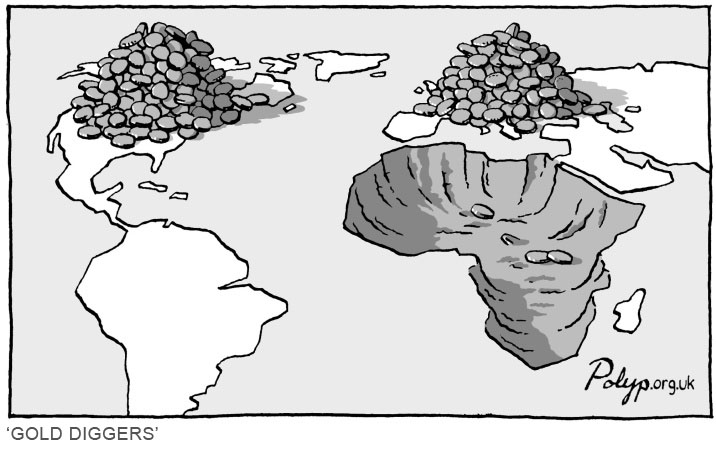
Resource curse:

Transparency International 2015
https://www.transparency.org/en/gcb/africa/africa-9th-edition
CNN 2018
https://www.cnn.com/2016/04/18/africa/looting-machine-tom-burgis-africa/index.html
Speech Outline:
Ideological criticism:
Commonplaces:
Misrepresentation of progress:
SDG’s:
That’s it!
~Asim
Johnny and Lisa were friends and liked to share their toys with each other, but one day Johnny got selfish and decided to take all of Lisa’s toys as his own. Some time passed, and Johnny decided to give Lisa her toys back, but he still got to use them whenever he wanted whether she liked it or not. Even more time has passed now, and Johnny claims to have given them back, but Lisa is still wondering whether her toys will ever truly be her own.
This situation presents the same moral issues as the relationship between Europe and Africa.
From the trans-Atlantic Slave Trade that continued through colonization in the 19th and 20th centuries, to the well-hidden ploy of Neo-Colonialism that exists today, African resources have been exploited by Western and Eastern nations throughout history. In this essay, I will explore two civic artifacts. One, titled “Gold diggers” depicts how the material resources from Africa (gold, oil, cacao, fish, rare minerals, etc.) end up piled on the continents of North America and Europe. The other, which I’ll refer to as “The Resource Curse” illustrates the relationship between Western corporations and African people, where the Westerners “rejoice” over finding oil in Turkana, Kenya, but the citizens of the Turkana tribe are more concerned simply with finding clean water.


I will examine this issue through the lenses of Ideological criticism, the commonplace of “There are starving children in Africa”, and the misrepresentation of progress in global media. The exploitation of African resources addresses the SDGs of reduced inequalities, no poverty, zero hunger, good health and well-being, decent work and economic growth, and peace, justice, and strong institutions. If we address this issue carefully and collaboratively, we can work as a global community to repatriate the wealth of Africa, finally giving Lucy her toys back.
~Asim~
Today I’ll be rating Kondu, a Japanese food spot on South Allen Street.
Last Saturday was my friend Bella’s birthday, and she really wanted sushi for dinner on Friday, so our group decided we’d go to Tadashi downtown. I’d been to Tadashi’s other location which serves ramen primarily and it was delicious, so I assumed their bigger location would be just as good. We called ahead of time and they told us it’d be a 45-minute wait for our party of 12. When we arrived, the place turned out to be full — full of lies — we waited an hour before they told us it’d be another hour. So there we were — 12 hungry first-years — helpless downtown trying to find somewhere that could fit us in. I eventually found this place on Google called Kondu. They were open, had room for all of us, and possessed a 4.3 review on Google, so we went immediately.
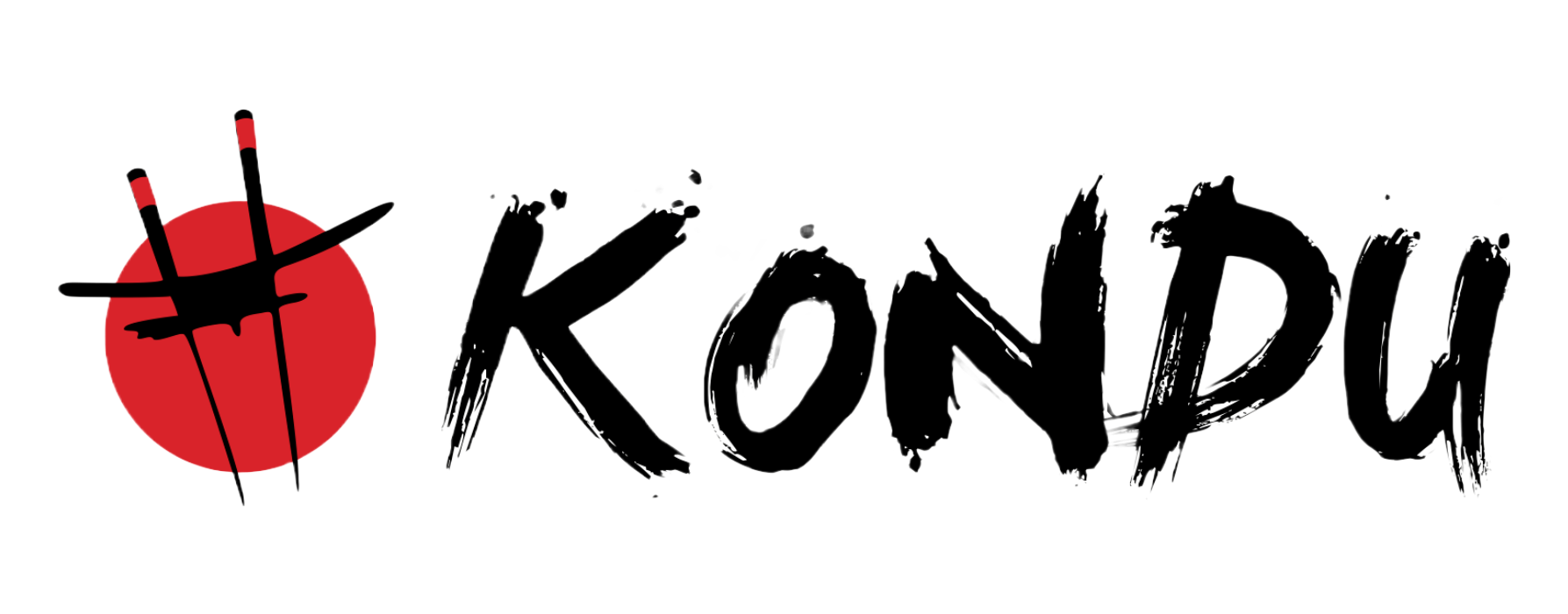
When we entered, I knew the food was gonna be good. From my experience in Chicago, it’s always the restaurants that look a little beat up on the inside that make the best authentic cuisine. Kondu definitely fits that description. It was actually a nice place, the wall decorations were really cute and traditional for a Japanese restaurant and the workers were very kind. It was the fact that they used paper plates, plastic utensils, and a QR code virtual menu that told me they prioritize making good food over aesthetics.
The menu was pretty simple. They had the typical appetizers (gyoza, fried rice, miso soup, chicken wings, seaweed salad), sushi rolls, delicious-looking entrees, and an interesting specialty I’ve never seen before — Sushi burritos — caught my eye on the menu. I didn’t end up getting the sushi burrito, but I’m definitely gonna try it next time. I got chicken teppanyaki because the lady at the counter told me it would be the largest portion size and I was HUNGRY. I also got an acai-berry fruit tea with boba which was delectible. The Teppanyaki was delicious and I loved how much food it was (I devoured every last grain of rice). I also tried some of my friends’ gyoza, fried rice, and noodles and they were all great.

I’ve noticed that at certain restaurants you can spend the same amount of money for more food than you would get elsewhere. Kondu definitely fits that bill. Even though it was far more expensive than a dining hall meal would be, I got a large entree and bubble tea for about $20, which in this inflated economy is pretty decent for a nice place like this. Overall, I had a great experience at Kondu and I rate it 4.6/5. I’d probably rate it higher if a side like miso soup or a salad came with the entree, as it does at most other Japanese restaurants I’m used to.
Tune in next week for another review!
~Asim~